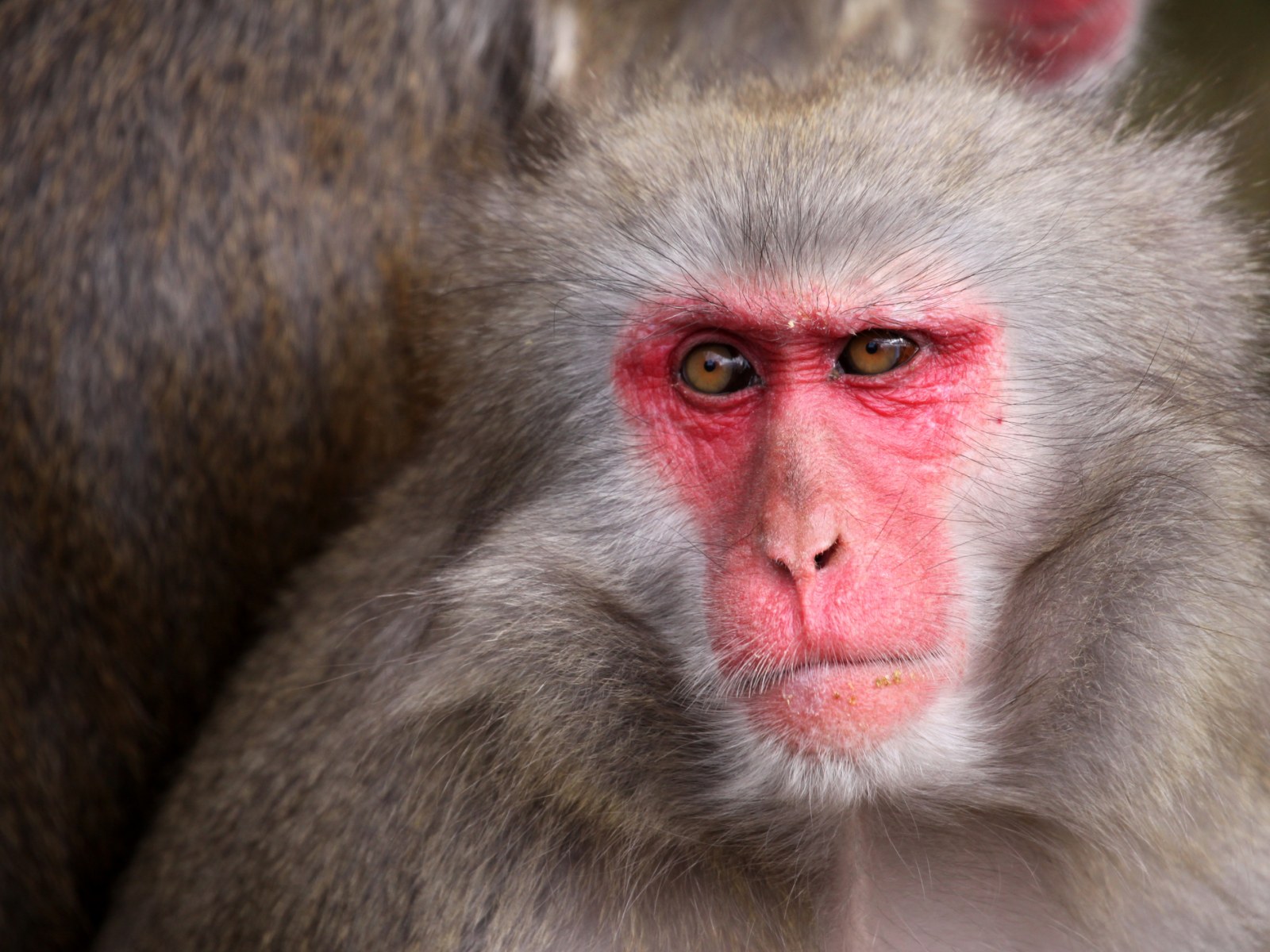
“There were four superchimps aboard Endeavour, though strictly speaking the name was inaccurate, because the ship’s non-human crew was not based on chimpanzee stock. In zero gravity, a prehensile tail is an enormous advantage, and all attempts to supply these to humans had turned into embarrassing failures. After equally unsatisfactory results with the great apes, the Superchimpanzee Corporation had turned to the monkey kingdom.
Blackie, Blondie, Goldie and Brownie had family trees whose branches included the most intelligent of the Old and New World monkeys, plus synthetic genes that had never existed in nature. Their rearing and education had probably cost as much as that of the average spaceman, and they were worth it. Each weighed less than thirty kilos and consumed only half the food and oxygen of a human being, but each could replace 2.75 men for housekeeping, elementary cooking, tool-carrying and dozens of other routine jobs.
That 2.75 was the Corporation’s claim, based on innumerable time-and-motion studies. The figure, though surprising and frequently challenged, appeared to be accurate, for simps were quite happy to work fifteen hours a day and did not get bored by the most menial and repetitious tasks. So they freed human beings for human work; and on a spaceship, that was a matter of vital importance.
Unlike the monkeys who were their nearest relatives Endeavour’s simps were docile, obedient and uninquisitive. Being cloned, they were also sexless, which eliminated awkward behavioural problems. Carefully housetrained vegetarians, they were very clean and didn’t smell; they would have made perfect pets, except that nobody could possibly have afforded them.
Despite these advantages, having simps on board involved certain problems. They had to have their own quarters—inevitably labelled ‘The Monkey House’. Their little mess-room was always spotless, and was well equipped with TV, games equipment and programmed teaching machines. To avoid accidents, they were absolutely forbidden to enter the ship’s technical areas; the entrances to all these were colour-coded in red, and the simps were conditioned so that it was psychologically impossible for them to pass the visual barriers.
There was also a communications problem. Though they had an equivalent IQ of sixty, and could understand several hundred words of English, they were unable to talk. It had proved impossible to give useful vocal chords either to apes or monkeys, and they therefore had to express themselves in sign language.
The basic signs were obvious and easily learned, so that everyone on board ship could understand routine messages. But the only man who could speak fluent Simpish was their handler—Chief Steward McAndrews.
It was a standing joke that Sergeant Ravi McAndrews looked rather like a simp—which was hardly an insult, for with their short, tinted pelts and graceful movements they were very handsome animals. They were also affectionate, and everyone on board had his favourite; Commander Norton’s was the aptly-named Goldie.
But the warm relationship which one could so easily establish with simps created another problem, often used as a powerful argument against their employment in space. Since they could only be trained for routine, low-grade tasks, they were worse than useless in an emergency; they could then be a danger to themselves and to their human companions. In particular, teaching them to use spacesuits had proved impossible, the concepts involved being quite beyond their understanding.
No one liked to talk about it, but everybody knew what had to be done if a hull was breached or the order came to abandon ship. It had happened only once; then the simp handler had carried out his instructions more than adequately. He was found with his charges, killed by the same poison. Thereafter the job of euthing was transferred to the chief medical officer, who it was felt would have less emotional involvement.
Norton was very thankful that this responsibility, at least, did not fall upon the captain’s shoulders. He had known men he would have killed with far fewer qualms than he would Goldie.”
Rendezvous with Rama by Arthur C. Clarke
Simps are an interesting addition to the THS-universe.
An alternative derivation for their name might be “Semi-Intelligent Manufactured Primate”.
They are an artificial animal produced by chimerization and cloning of monkey DNA.
Simps typically resemble a 30kg spider or howler monkey. Their body size is around that of a baboon or medium dog, but they have longer arms, legs and tail. Their feet and tail are prehensile.
Simps were originally designed for work on space vessels and habitats, they may be encountered in other locations.
Modifications for life in space, such as the calcium hack and an immunity to nausea when weightless are standard for simps.
Simps are popular with those who have ethical, religious or political objections to the use of bioroids, robots or AI.
On the other hand, many animal-rights, religious and labour-movements have objections to the use of simps on ethical, religious or political grounds.